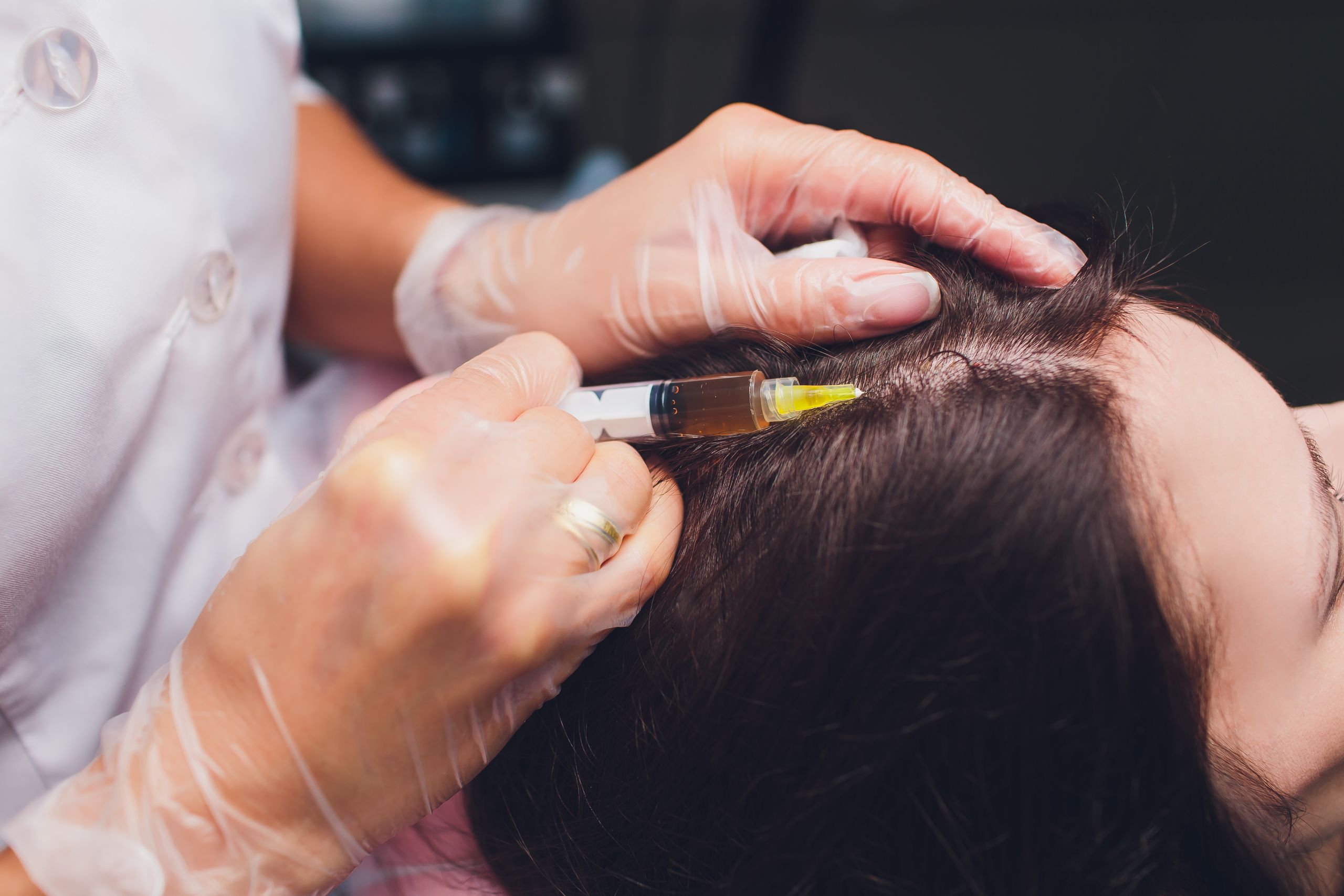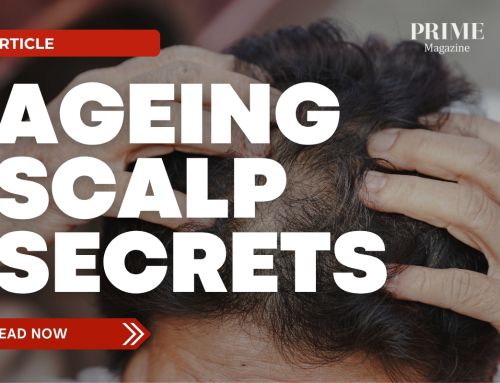How to Regrow Hair After It Stops Growing

Hair thinning or bald spots can feel frustrating — but does hair that has stopped growing mean it’s gone forever?
Not always. In many cases, it’s possible to regrow hair, especially if the hair follicles are still alive. The key is understanding why the hair stopped growing and what treatments can help restart the process.
Let’s break it down.
Is the Hair Follicle Dead or Dormant?
Hair stops growing when its natural cycle is disrupted. Each hair grows from a follicle, and when that follicle becomes dormant, it pauses production. But if the follicle is dead — due to scarring, disease, or long-term damage — hair regrowth is unlikely without surgery.
So, step one is figuring out the cause.
Why Hair Stops Growing
Common reasons include:
-
Hormonal changes (e.g., menopause, thyroid imbalance, DHT sensitivity)
-
Aging and slower cell turnover
-
Stress or illness
-
Poor nutrition
-
Tight hairstyles or harsh treatments
-
Genetic hair loss (androgenetic alopecia)
Early intervention makes a big difference.
Can You Regrow Hair? Yes — If You Act Early
If your follicles are dormant but still alive, you may be able to restart the growth cycle. Here are medically supported ways to do it:
1. Topical Minoxidil (Rogaine)
-
Boosts blood flow to the scalp
-
Widely available over the counter
-
Works best in early hair loss stages
2. Finasteride (for men only)
-
Blocks DHT, the hormone that shrinks hair follicles
-
Available by prescription
-
Slows hair loss and may support regrowth
3. Low-Level Laser Therapy (LLLT)
-
Uses red light to energise follicles
-
Shown to promote hair growth over time
-
Used at home or in clinics
4. Platelet-Rich Plasma (PRP) Therapy
-
Involves injecting your own platelets into the scalp
-
Aims to stimulate healing and hair regrowth
-
Done in a clinic over several sessions

5. Microneedling
-
Creates tiny punctures in the scalp to improve blood flow
-
Can be combined with topical treatments for better absorption
6. Nutritional Support
Hair needs nutrients like:
-
Iron
-
Biotin
-
Zinc
-
Vitamin D
If you’re deficient, supplements may help restore growth. However, they won’t work if poor nutrition isn’t the root cause.
7. Hair Transplant Surgery
If follicles are truly dead, surgical hair transplant may be the only long-term solution. This involves moving healthy hair follicles to areas with little or no growth.
What About Natural Remedies?
Some people try scalp massages, rosemary oil, or castor oil. These may support blood flow and scalp health — but they are unlikely to regrow hair where follicles are inactive or dead.
When to See a Doctor

Consult a dermatologist if:
-
Hair loss is rapid or patchy
-
You have itching or scalp discomfort
-
You’ve tried home treatments with no results
Early diagnosis helps target the right treatment and avoid wasting time on ineffective options.
Final Thoughts
Hair that stops growing isn’t always gone for good. If the follicle is still alive, there’s hope. Today’s treatments offer real, science-backed options to restore your hair — especially if you act early.
So don’t wait. Get the right diagnosis, explore your options, and take control of your hair’s future. PRIME












Leave A Comment